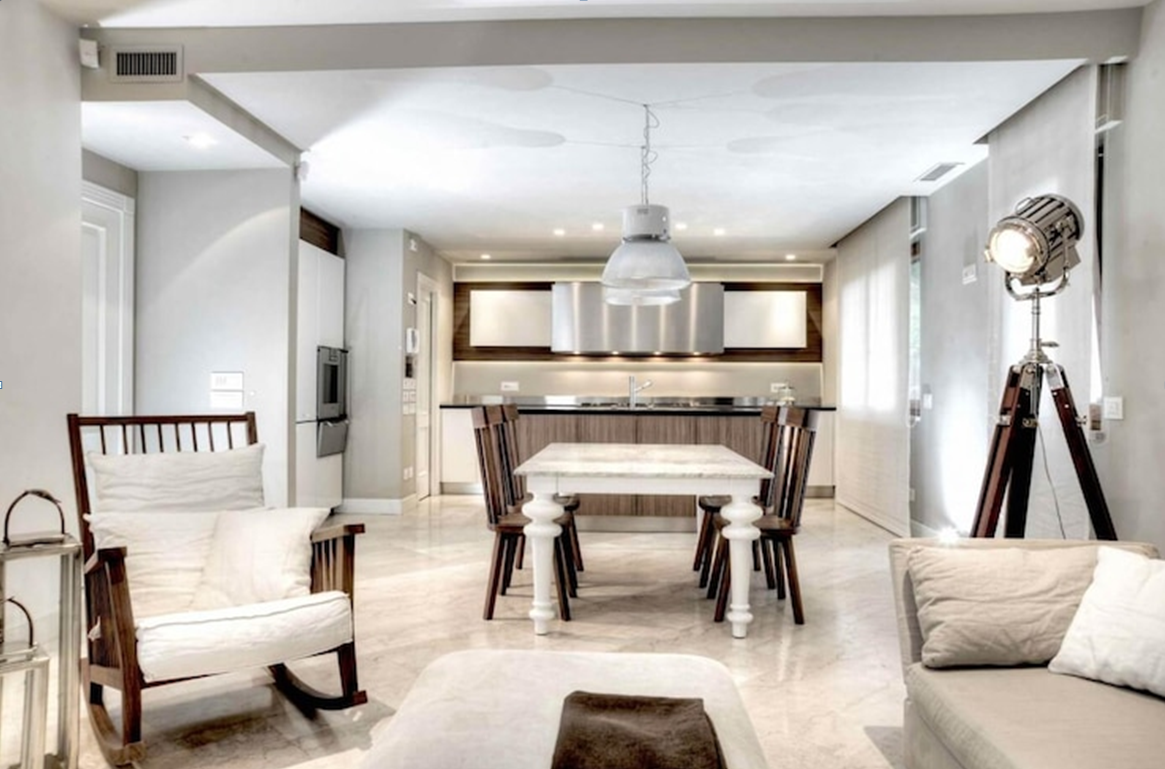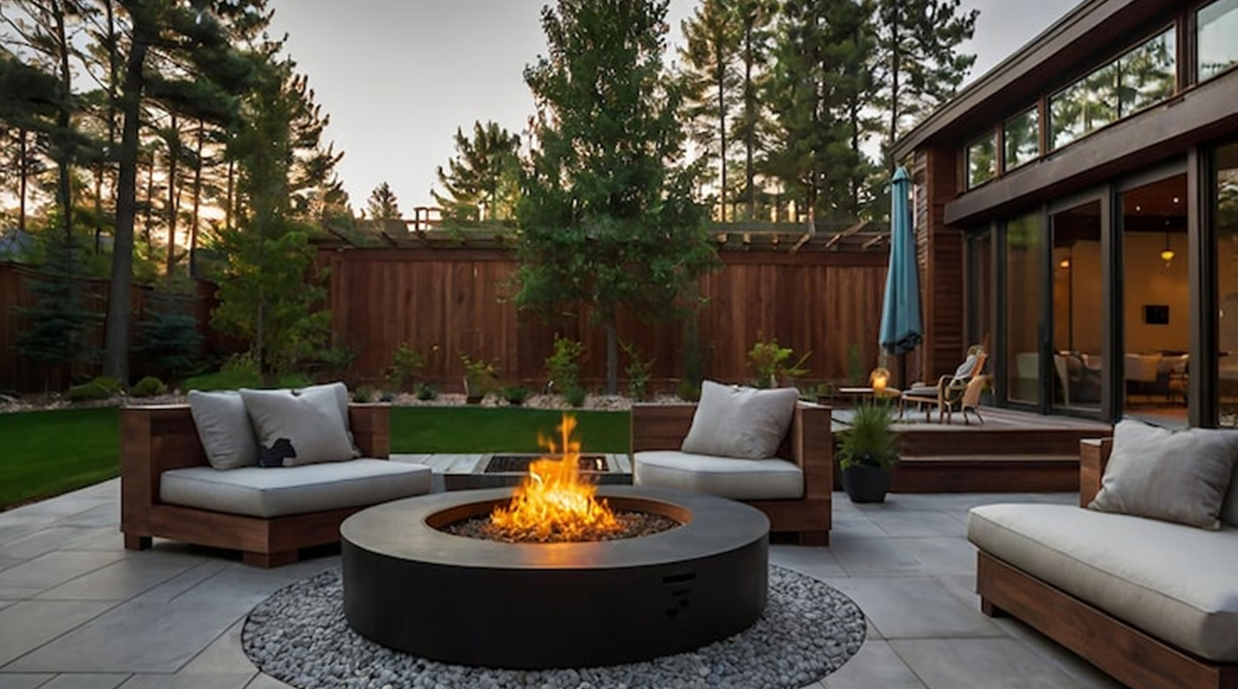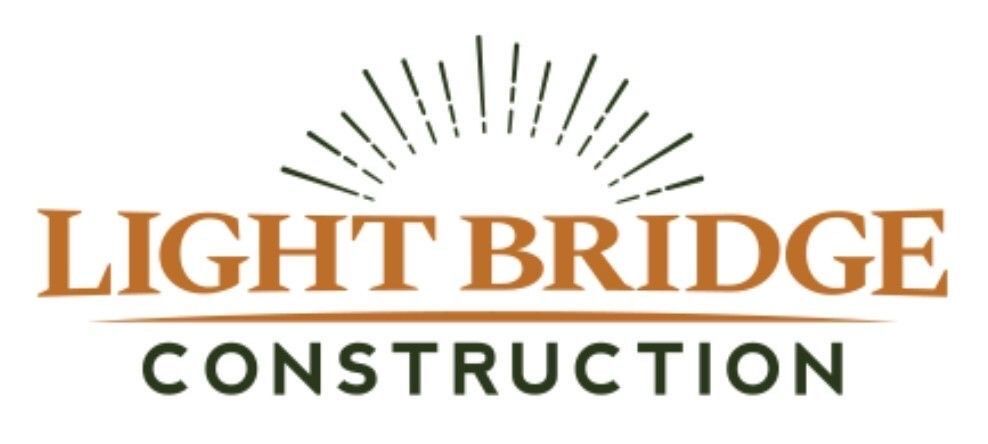
Ready to give your home a fresh new vibe in 2025? You're in the right place. Whether you love sleek modern kitchens or cozy reading nooks, the latest renovation trends have something for everyone. This year, it's all about blending comfort with sustainability and sprinkling in some seriously cool tech. So grab your favorite drink, get comfy, and let’s dive into the top home reno trends you absolutely don't want to miss.
1. Warm Neutrals Are Taking Over
Forget the icy grays of the past. 2025 is warming things up with cozy colors that make your home feel like a hug. Think sandy beiges, caramel browns, creamy whites, and soft taupes. These tones are popping up everywhere from walls and cabinets to furniture and textiles. They pair perfectly with natural materials like wood and stone and they create an inviting atmosphere that’s anything but boring.
2. Kitchens That Feel Like Living Spaces
Kitchens aren’t just for cooking anymore. People are redesigning them to feel more like an extension of the living room. That means comfy seating, artwork on the walls, and statement light fixtures that add character. Open shelving is still popular but now it’s being styled with personality in mind. Picture cookbooks, plants, and even framed photos mixed in with your dishes. It's all about making the kitchen the heart of the home, not just a place to chop veggies.
3. Moody Bathrooms Are In
Say goodbye to stark white bathrooms and hello to drama. Deep greens, navy blues, matte blacks, and rich burgundy tones are turning up the vibe in powder rooms and master baths. Pair these bold colors with gold or brass fixtures, textured tiles, and dim lighting for a luxe spa-like feel. A moody bathroom might just be the ultimate place to unwind after a long day.
4. Multifunctional Spaces for the Win
The way we live and work has changed and homes are evolving to keep up. Spare bedrooms are doubling as home offices. Closets are turning into tiny meditation zones. Even dining nooks are pulling double duty as homework stations. In 2025, it’s all about making the most of every square inch. Look for clever built-ins, movable furniture, and folding screens that help create flexible spaces that shift with your needs.
5. Curves Are Making a Comeback
Straight lines had their moment but curves are back and they’re stealing the show. Think rounded sofas, arched doorways, and oval mirrors. Even kitchens are getting in on the trend with curved islands and counters. These soft shapes add a touch of playfulness and make any room feel more relaxed. If you’re tired of all things boxy, this trend is for you.
6. Sustainability Isn’t Just a Buzzword
Homeowners are getting serious about going green and it’s showing in renovation choices. Reclaimed wood, recycled tiles, and vintage furniture are in high demand. Energy-efficient windows and appliances are more popular than ever. There’s also a big push for using non-toxic paints and materials that are better for your health. Sustainability in 2025 means making choices that are kinder to the planet without sacrificing style.
7. Statement Ceilings Are a Thing Now
We spend so much time looking at walls and floors that ceilings often get ignored. Not anymore. This year, ceilings are becoming the fifth wall and getting the love they deserve. Whether it’s with wallpaper, wood beams, bold paint, or decorative tiles, a stylish ceiling can totally transform a room. It’s an easy way to add personality without crowding your space.
8. Tech That Blends In
Smart homes are getting even smarter but in a more subtle way. We’re talking about tech that works behind the scenes. Picture voice-activated lighting, invisible speakers, hidden charging stations, and mirrors that double as displays. The goal is to make life easier without having gadgets sticking out like a sore thumb. It’s all about seamless integration this year.
9. Bringing the Outdoors In
Nature-inspired design is huge in 2025. That means big windows, indoor plants, and lots of earthy textures. You’ll see more natural stone, jute rugs, rattan furniture, and linen curtains. People want their homes to feel like a retreat and adding outdoor elements is the perfect way to do that. Even a small corner with a couple of plants can bring calm and freshness to your space.
10. Artistic Touches Everywhere
More homeowners are treating their homes like a canvas. That means unique wall murals, hand-painted tiles, custom furniture pieces, and gallery walls filled with personality. Art isn’t just for the living room anymore. Bathrooms, kitchens, even staircases are becoming places to showcase creativity. It doesn’t have to be expensive either. DIY art is making a huge comeback and people love mixing high-end with homemade.
11. Texture is the New Color
If you’re not big on bold color, texture is your new best friend. Layered materials are adding depth and interest to rooms in 2025. Think boucle chairs, velvet pillows, woven baskets, and fluted wood details. These textures add warmth and character even when you’re working with a neutral color palette. It’s all about that cozy layered look.
12. Maximalism With Meaning
Minimalism isn’t going anywhere but maximalism is stepping back into the spotlight with a twist. This time it’s all about meaningful pieces that tell a story. Forget clutter for the sake of it. People are curating their spaces with vintage finds, travel souvenirs, family heirlooms, and books they actually read. It’s personal, eclectic, and full of life.
13. Outdoor Spaces Get a Makeover
Whether it’s a balcony, patio, or full backyard, outdoor spaces are getting serious upgrades. Think built-in seating, outdoor kitchens, pergolas with string lights, and cozy fire pits. More folks are treating their outdoor areas like an extension of the home and it’s making a huge difference. Even a small space can become your favorite hangout with the right touches.
14. Mudrooms and Laundry Rooms Get Stylish
These hardworking spaces are finally getting their time to shine. Mudrooms are becoming beautiful drop zones with custom storage, patterned tiles, and bench seating. Laundry rooms are turning into cheerful little nooks with wallpaper, bright colors, and smart storage solutions. It’s proof that even the most practical spaces can be pretty and functional.
15. Clean Air is a Priority
With more awareness about indoor air quality, people are investing in better ventilation and purification. That includes better filters, air purifiers, and even plants that clean the air. It’s also why more folks are looking into a professional duct cleaning service. A clean system means a healthier home and that’s a trend worth hopping on.
16. Personalized Everything
From custom pantries to built-in pet stations, personalization is huge this year. It’s not about following a trend just because it’s popular. It’s about creating a home that fits your life. Maybe that’s a breakfast bar just for smoothies or a reading nook under the stairs. Whatever it is, it should make you smile every day.
17. Hidden Storage Hacks
Storage is always in style but in 2025 it’s going stealth. Think toe-kick drawers in the kitchen, pull-out pantry shelves, beds with built-in storage, and hidden compartments in furniture. These clever solutions help keep your space tidy without sacrificing style. Everything has a place and your home feels calmer because of it.
18. Vintage Vibes With a Twist
Retro is back but with a modern edge. You’ll see a lot of mid-century furniture, antique mirrors, and vintage light fixtures mixed with sleek new pieces. It’s not about recreating a time capsule. It’s about blending the best of the past with today’s comforts. A well-placed vintage piece can add soul to any room.
Ready to Get Started?
There you have it. The biggest home reno trends for 2025 are all about making your space work for you while keeping things cozy, stylish, and sustainable. Whether you want to go big with a kitchen overhaul or start small with some new textures, there’s something on this list to inspire you. So go ahead and dream a little. Your perfect home makeover might be closer than you think.






